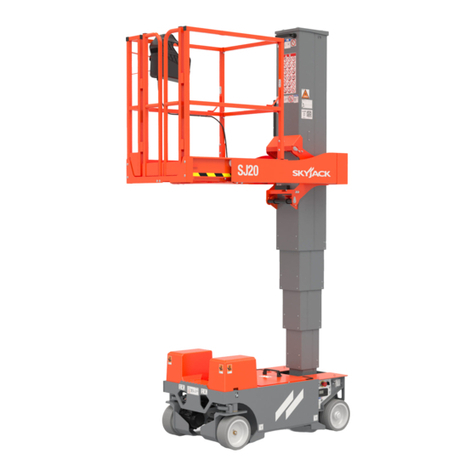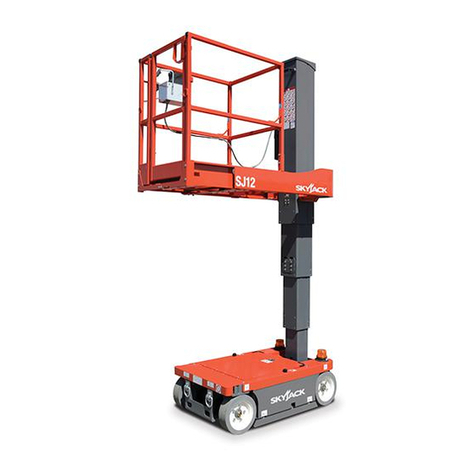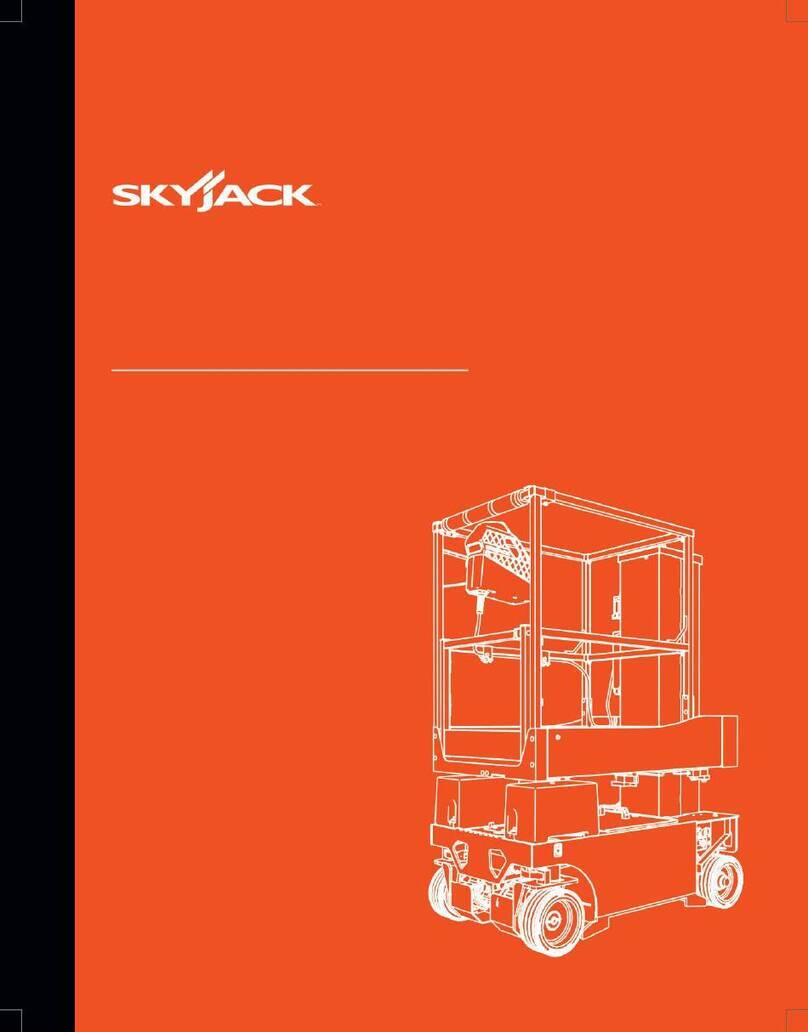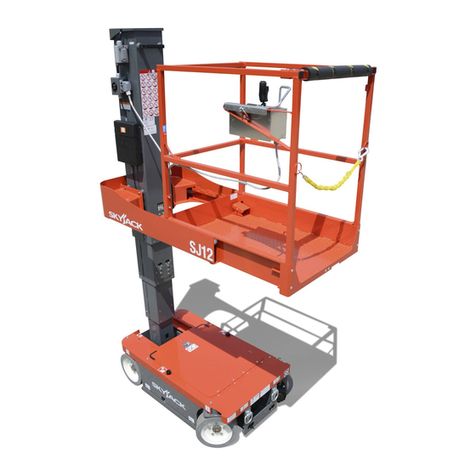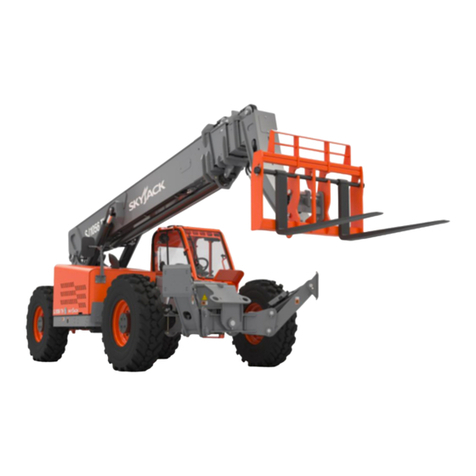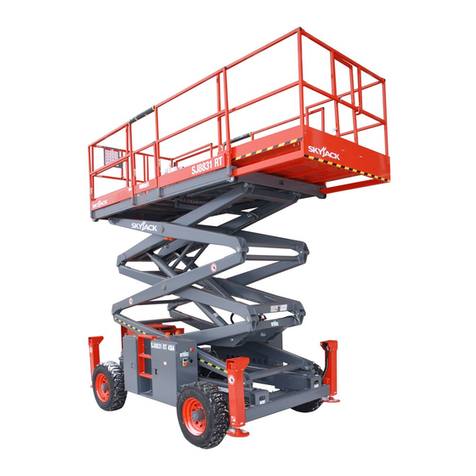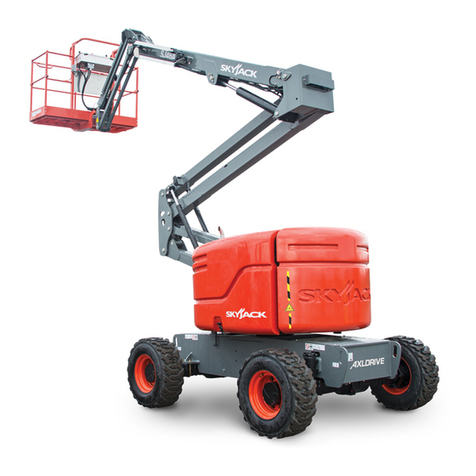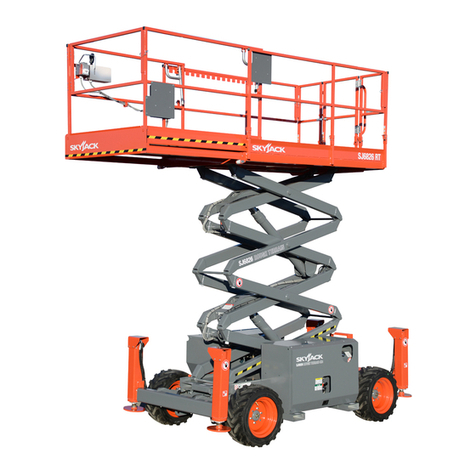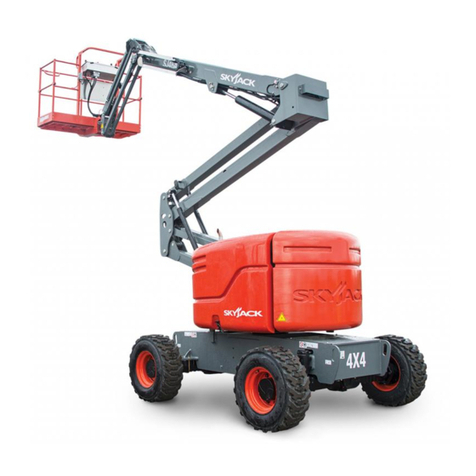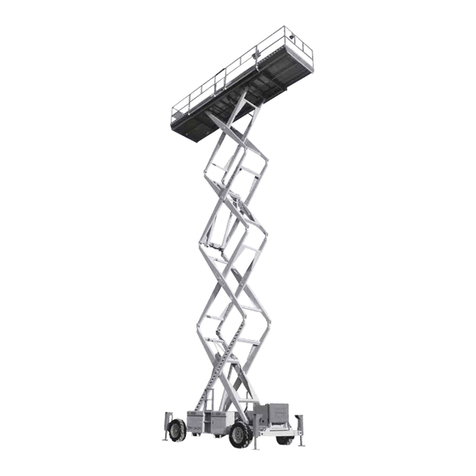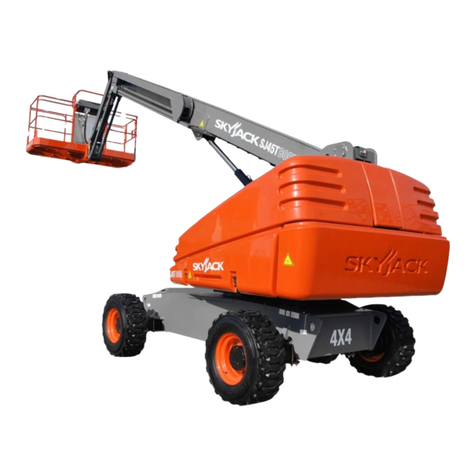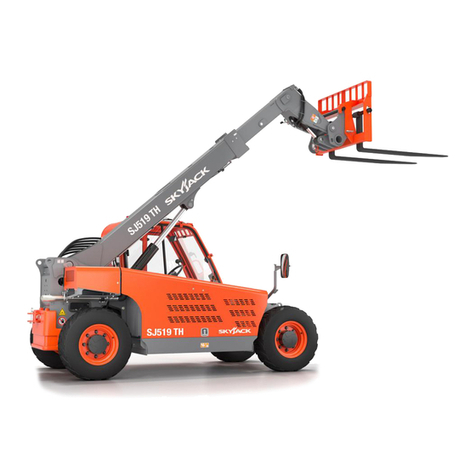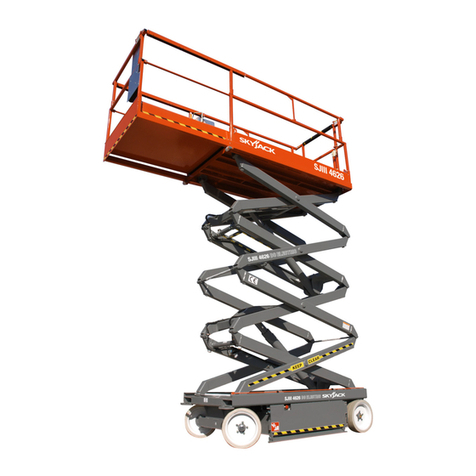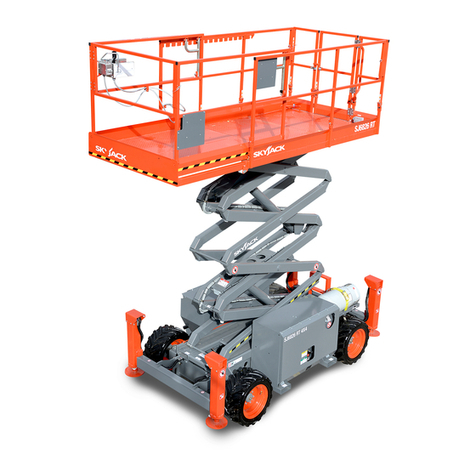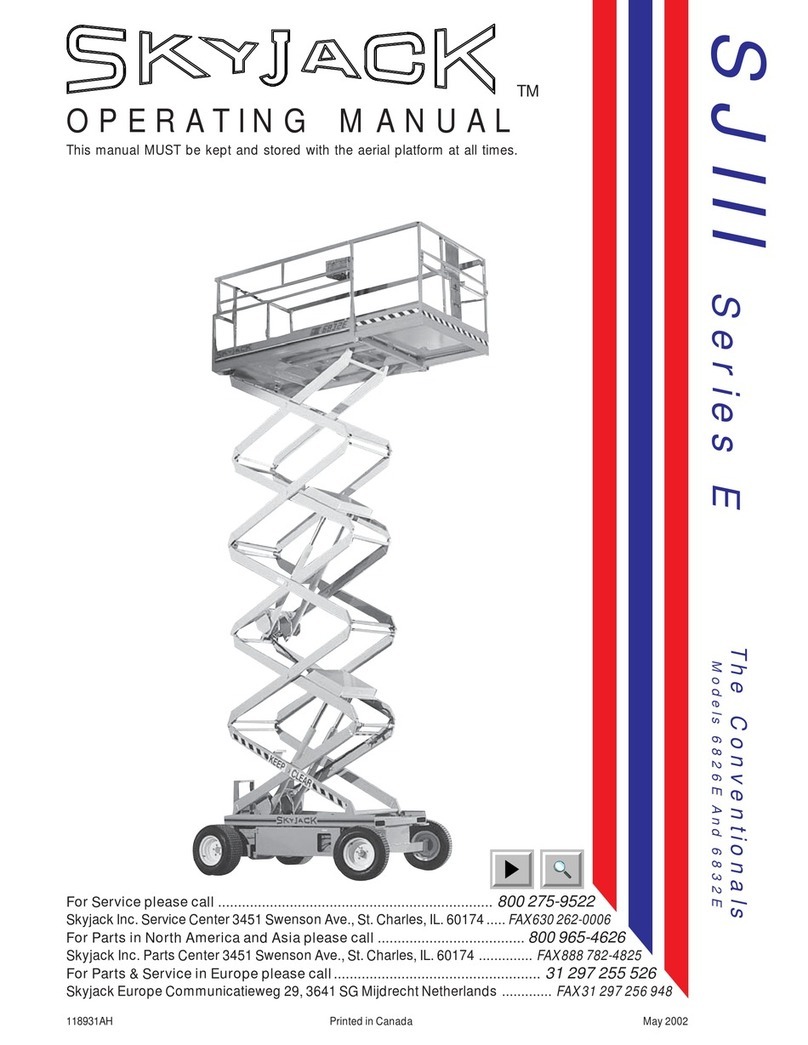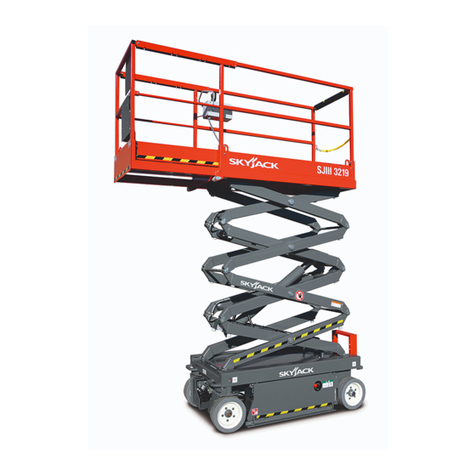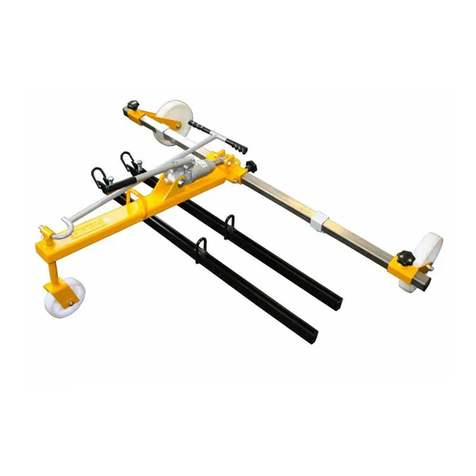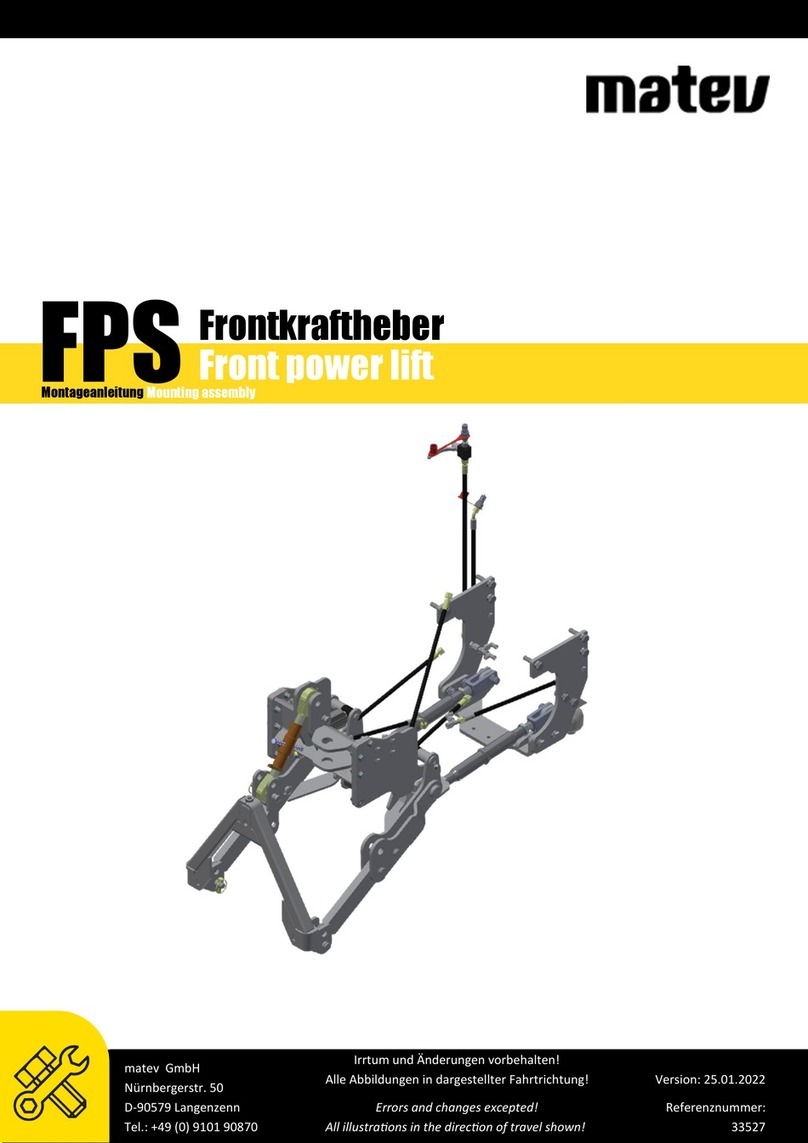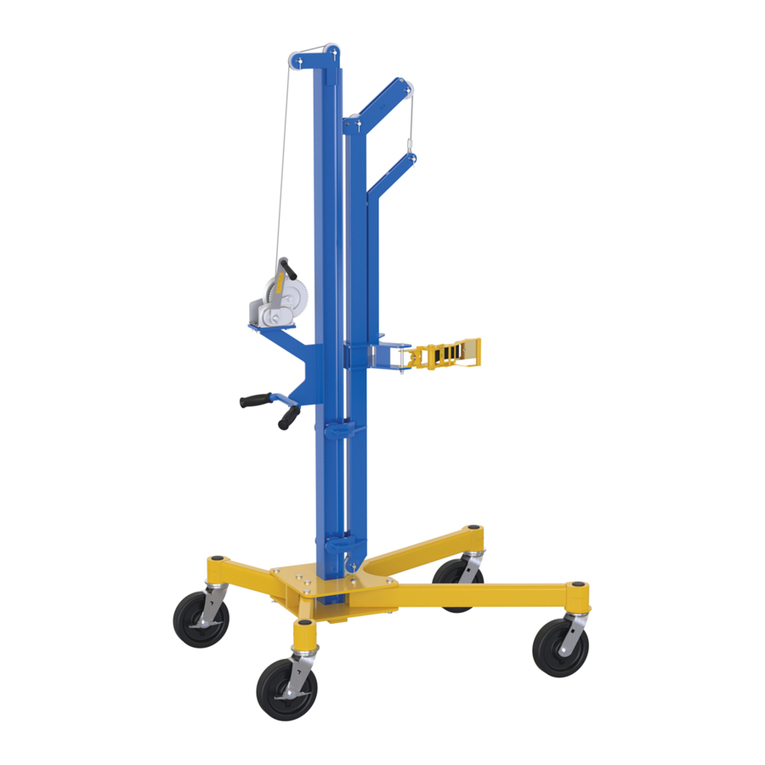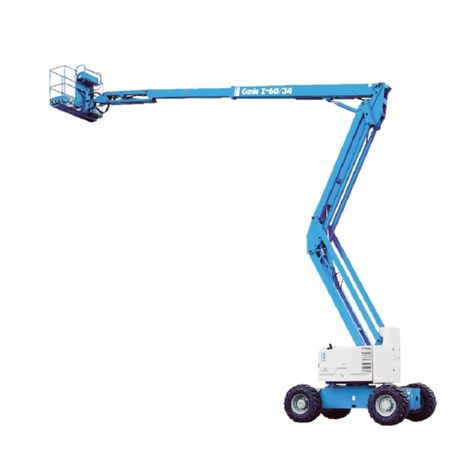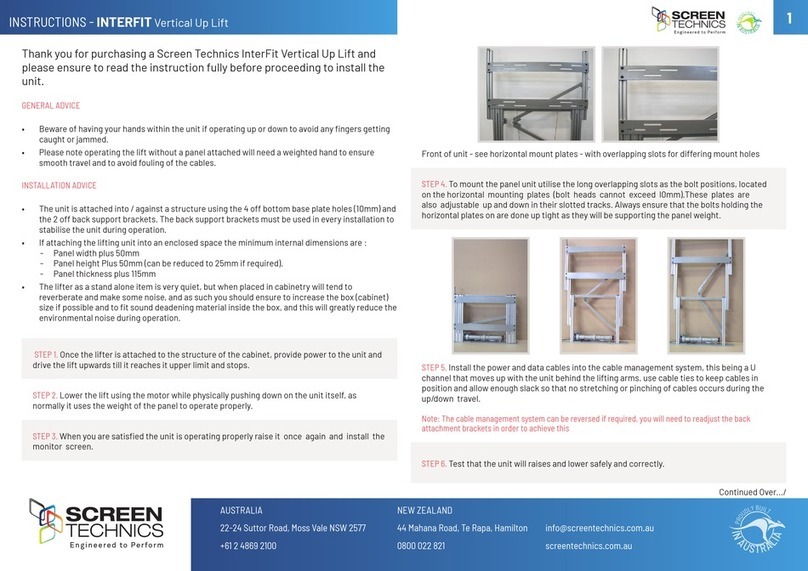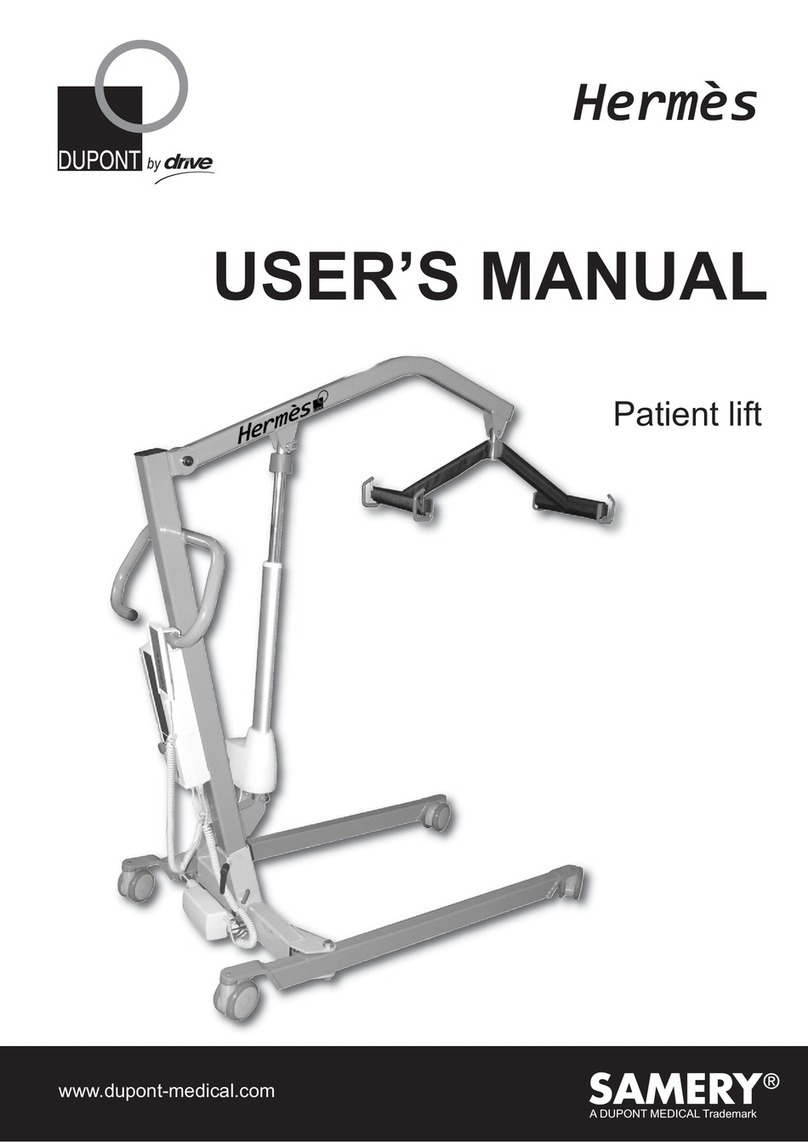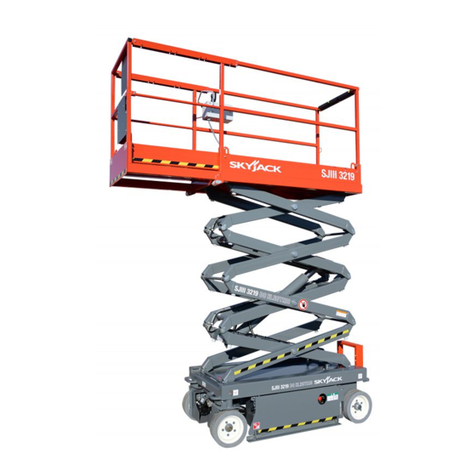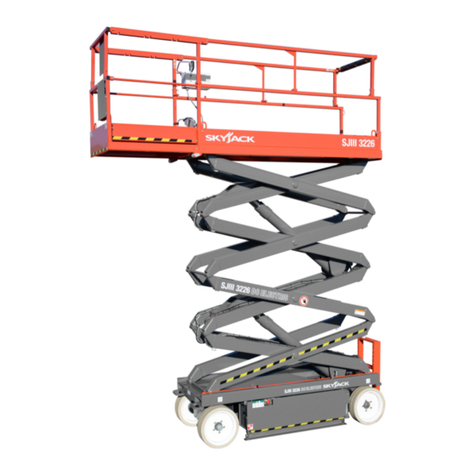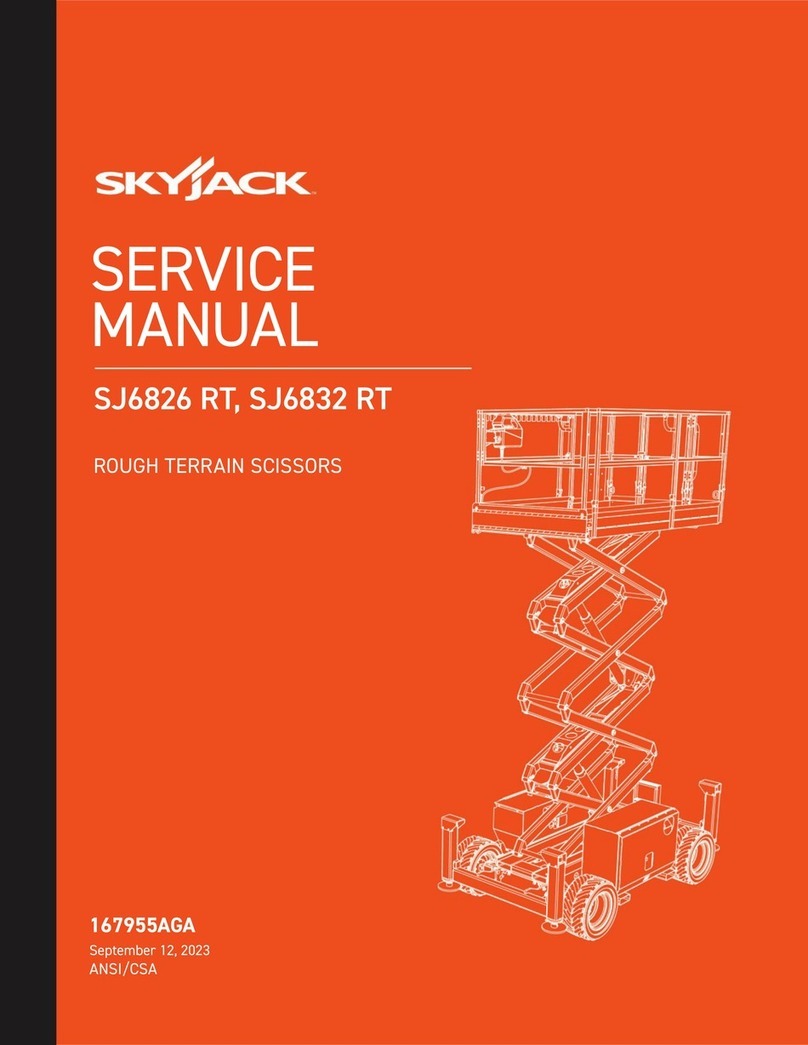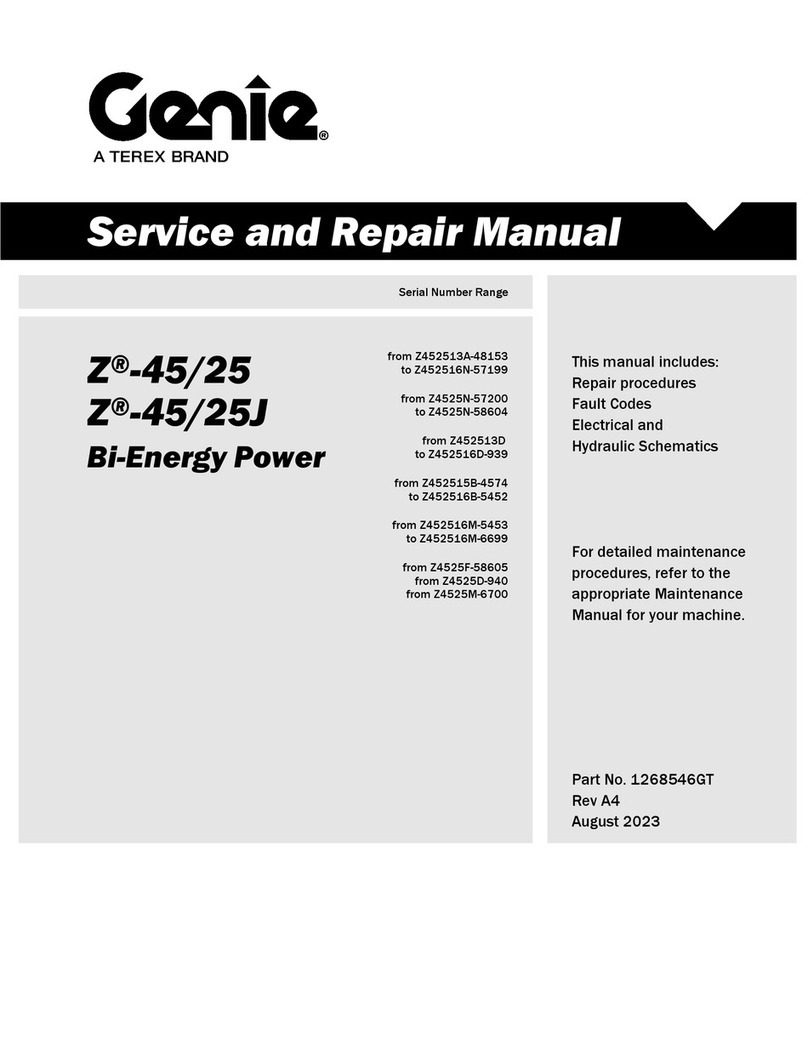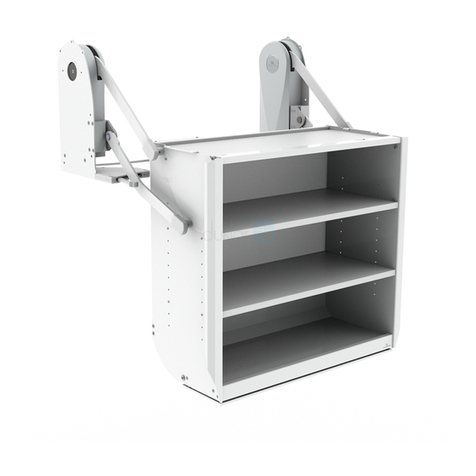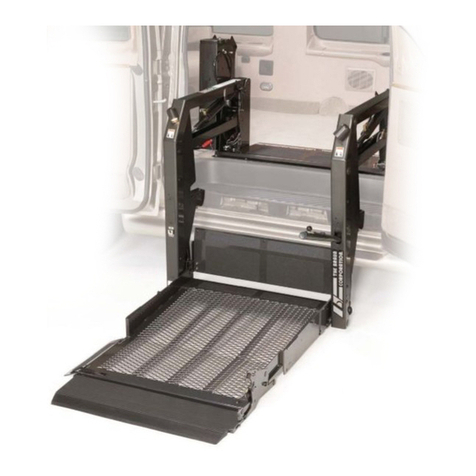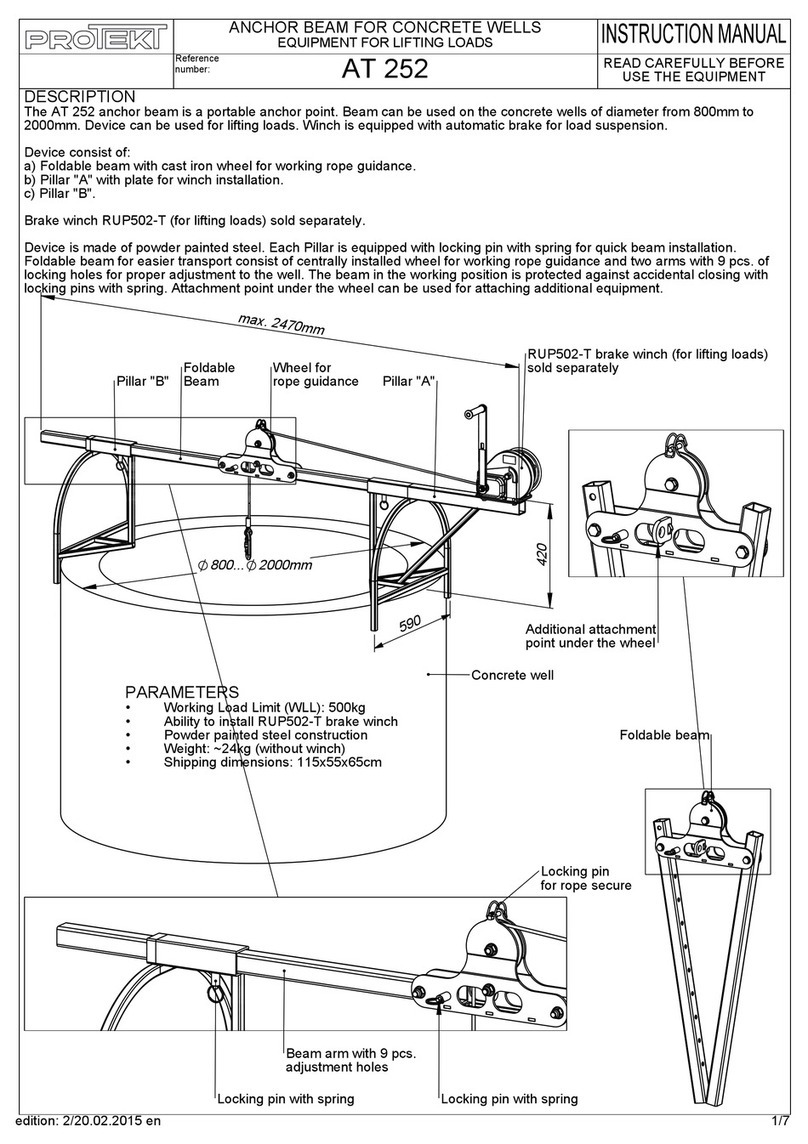
Page 8 December 2007
Telescopic Boom Series
Models SJ61T & SJ66T
194312
Section 1 - Scheduled MaintenanceOperator’s Responsibility for Maintenance
Hydraulic System & Component
Maintenance and Repair
The following points should be kept in mind when
working on the hydraulic system or any component:
WARNING
Escaping uid from a hydraulic pressure
leak can damage your eyes, penetrate the
skin and cause serious injury. Use proper
personal protection at all times.
1. Any structure has limits of strength and durability.
To prevent failure of structural parts of hydraulic
components, relief valves which limit pressure to
safe operating values are included in the hydraulic
circuits.
2. Tolerance of working parts in the hydraulic system
is very close. Even small amounts of dirt or foreign
materials in the system can cause wear or damage
to components, as well as general faulty operation
of the hydraulic system. Every precaution must
be taken to assure absolute cleanliness of the
hydraulic oil.
3. Whenever there is a hydraulic system failure
which gives reason to believe that there are metal
particles or foreign materials in the system, drain
and ush the entire system and replace the lter
cartridges. A complete change of oil must be
made under these circumstances.
4. Whenever the hydraulic system is drained, check
the magnets in the hydraulic reservoir for metal
particles. If metal particles are present, ush the
entire system and add a new change of oil. The
presence of metal particles also may indicate the
possibility of imminent component failure. A very
small amount of ne particles is normal.
5. All containers and funnels used in handling
hydraulic oil must be absolutely clean. Use a
funnel when necessary for lling the hydraulic oil
reservoir, and ll the reservoir only through the lter
opening. The use of cloth to strain the oil should
be avoided to prevent lint from getting into the
system.
6. When removing any hydraulic component, be sure
to cap and tag all hydraulic lines involved. Also,
plug the ports of the removed components.
7. All hydraulic components must be disassembled
in spotlessly clean surroundings. During
disassembly, pay particular attention to the
identication of parts to assure proper reassembly.
Clean all metal parts in a clean mineral oil solvent.
Be sure to thoroughly clean all internal passages.
After the parts have been dried thoroughly, lay
them on a clean, lint-free surface for inspection.
8. Replace all O-rings and seals when overhauling
any component. Lubricate all parts with clean
hydraulic oil before reassembly. Use small
amounts of petroleum jelly to hold O-rings in place
during assembly.
9. Be sure to replace any lost hydraulic oil when
completing the installation of the repaired
component, and bleed any air from the system
when required.
10. All hydraulic connections must be kept tight. A
loose connection in a pressure line will permit
the oil to leak out or air to be drawn into the
system. Air in the system can cause damage
to the components and noisy or erratic system
operation.
Maintenance Hints
Three simple maintenance procedures have the greatest
effect on the hydraulic system performance, efciency
and life. Yet, the very simplicity of them may be the
reason they are so often overlooked. What are they?
Simply these:
1. Change filters annually. The filters will need
to be changed more often depending on the
operating conditions. Dirty, dusty, high moisture
environments may cause the hydraulic system to
be contaminated more quickly.
2. Maintain a sufcient quantity of clean hydraulic oil
of the proper type and viscosity in the hydraulic
reservoir.
3. Keep all connections tight.
